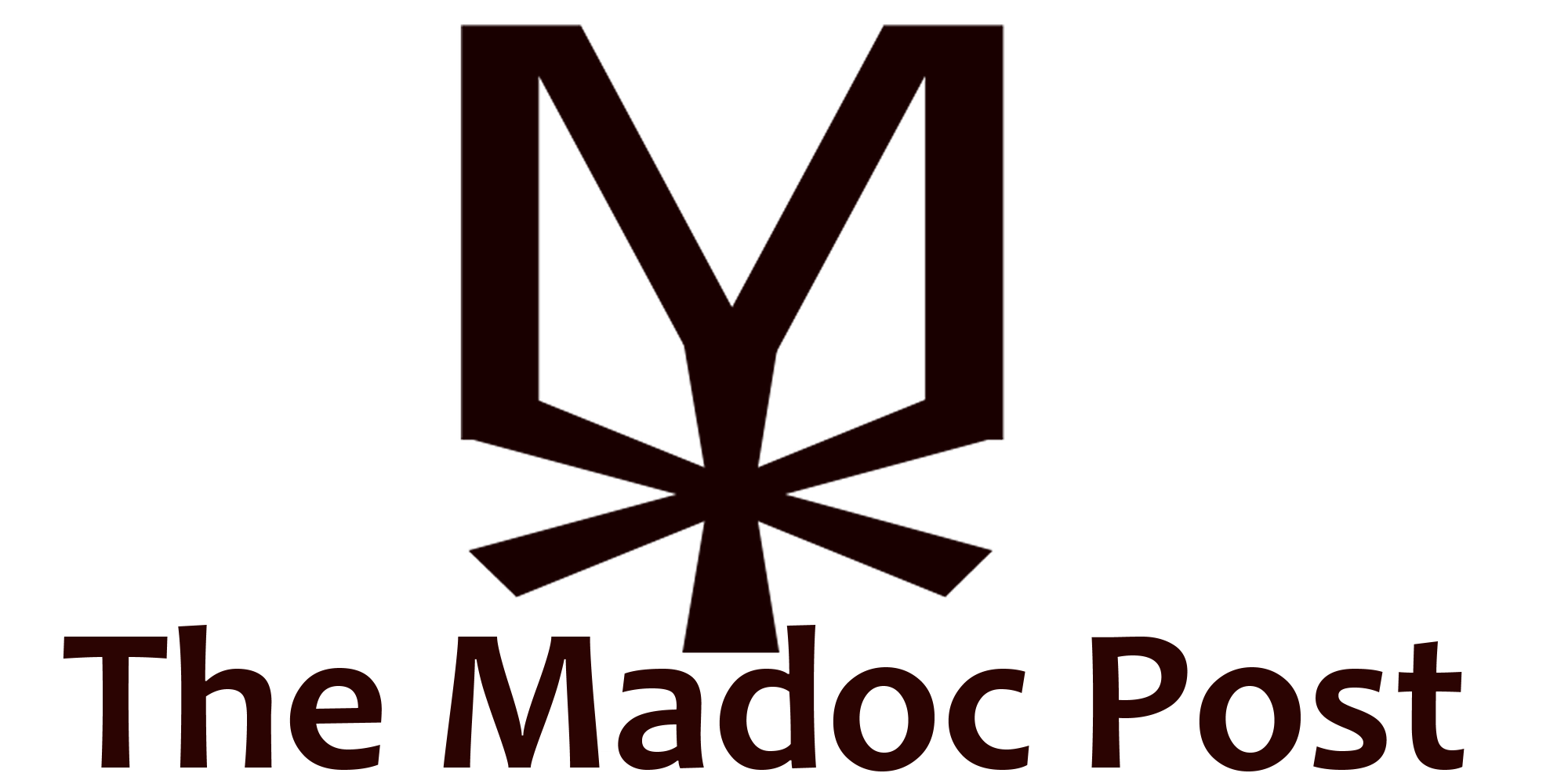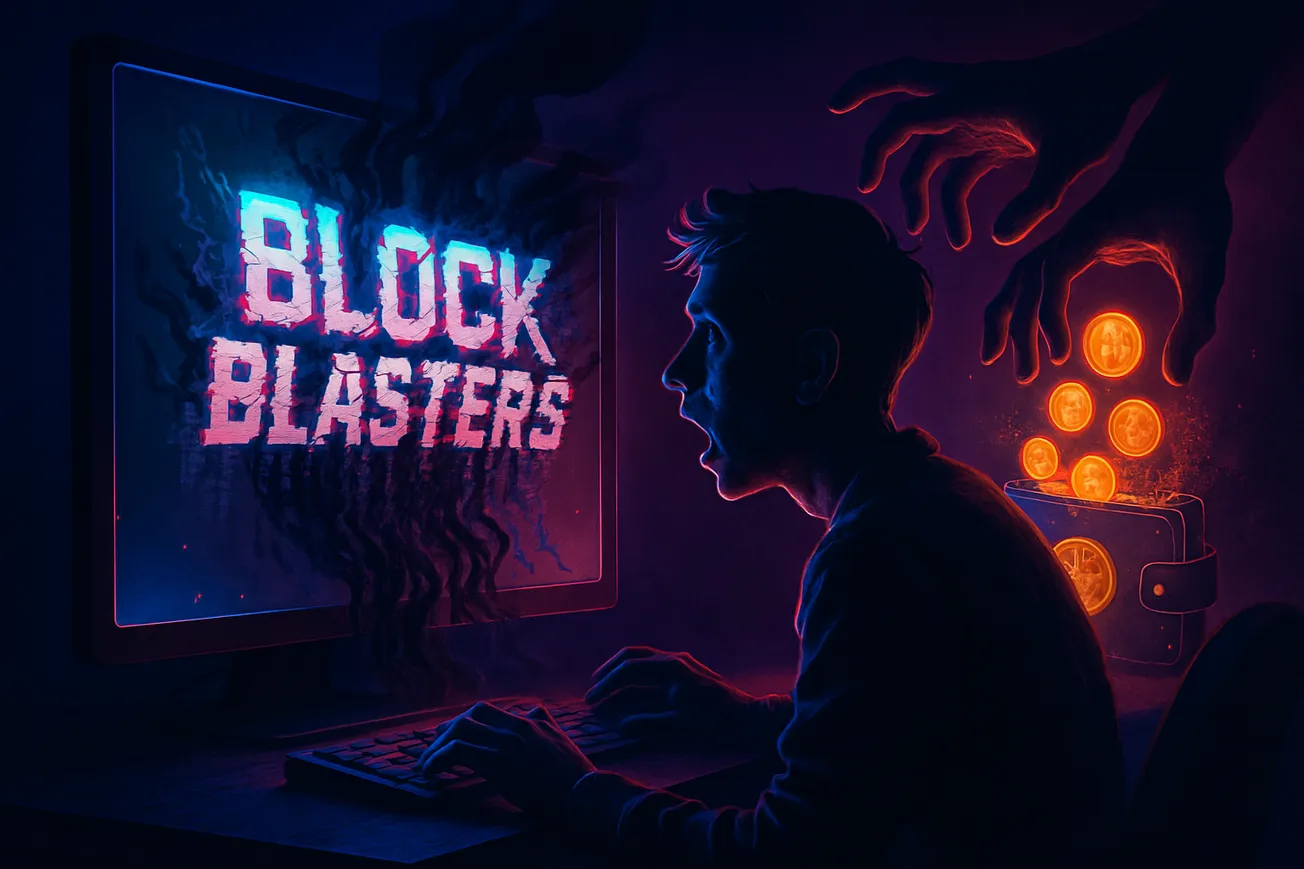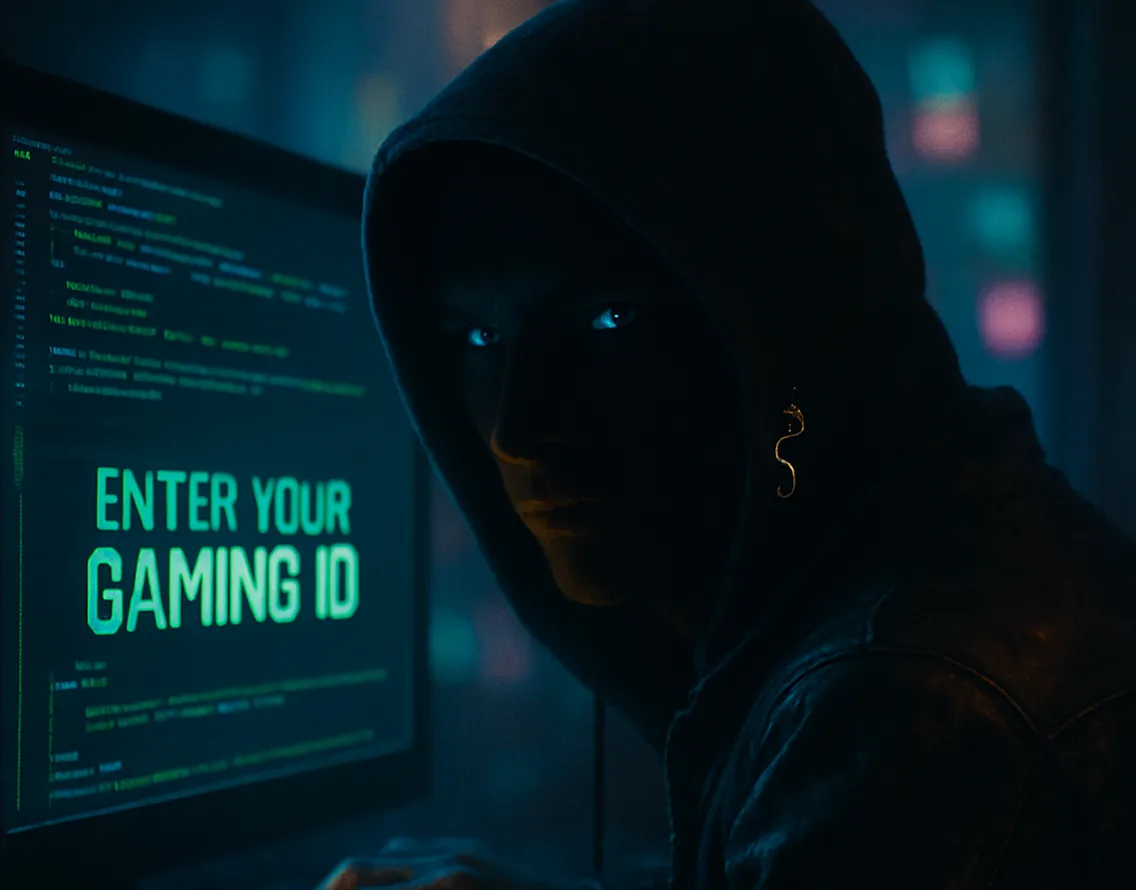Of all the lofty ideas to come out of Star Trek, none frustrates me more than the so called Prime Directive.
General Order 1: The Bedrock of Starfleet Morality
The supposed bedrock of Starfleet’s moral compass. The rule that, in theory, forbids interference in the natural development of other civilizations.
On the surface, it sounds noble:
- Protect fragile societies from premature exposure to advanced technology and culture
- Don’t contaminate their path of progress
- Don’t play god
In practice, though, the Prime Directive is a mess. The logic behind it is inconsistent, the Federation itself breaks it constantly, and worst of all, its philosophical justification is rooted in a misunderstanding of how societies actually adapt to new technologies.
What the Prime Directive Actually Says
In canon, it forbids Starfleet officers from interfering with the "normal development" of alien civilizations. The specifics are sweeping:
- Do not identify yourself or your mission to a pre-warp society
- Do not introduce new technology
- Do not mention space travel or life beyond their world
- Even if the society faces catastrophe, you are to let it happen rather than interfere
"The Prime Directive is absolute."
That’s the claim. In theory, it overrides nearly every other order or moral consideration.
In practice, the Federation has carved out exceptions (like the Omega Directive), but the PD is treated as a sacred cow, spoken of with hushed reverence as if it were a law of nature rather than a bureaucratic rule.
The Many Violations of the Prime Directive
The first crack in the façade is that Starfleet captains themselves don’t follow it consistently. If the reasoning behind it were ironclad, we’d see strict, unwavering enforcement. Instead, the Prime Directive is often a narrative device, bent or broken depending on the story of the week.
- TOS: The Return of the Archons, The Apple, A Piece of the Action: Kirk routinely reshaped alien societies
- TNG: Who Watches the Watchers, Pen Pals, Homeward: Picard and crew intervene despite the PD
- Later series: (DS9, Voyager, Enterprise, SNW): It’s treated as an obstacle that’s quickly sidestepped, or explicitly nullified
The PD is absolutist in theory, situational in practice.
Why the Prime Directive Exists (and Why It’s Flawed)
The PD is rooted in two real-world anxieties:
- Colonialism : Advanced societies interfering in “less developed” ones leads to exploitation
- Cultural Relativism: Each culture has the right to grow on its own terms
Both concerns are valid. History is full of disastrous examples of technological imbalances being exploited. But the PD doesn’t just warn against exploitation, it insists that even benevolent interference is inherently wrong because societies supposedly can’t adapt fast enough.
That’s where I call hogwash.
How Societies Really Adapt: In Bursts, Not Gradually
History shows the S-curve of adoption: slow at first, then steep acceleration, then a plateau. Once technology becomes viable and accessible, societies adapt rapidly.
The Infrastructure Era (1880s–1930s)
- Electricity: 40 years to reach 50% of U.S. households
- Telephone: 35–40 years
The Broadcast Era (1920s–1960s)
- Radio: 20 years to mass adoption
- Television: 15 years
The Digital Era (1980s–2000s)
- PCs: 15 years
- Internet: 10 years
The Networked Era (2000s–2020s)
- Smartphones: 35% in 2011, 81% in 2019 (eight years)
- Social Media: cultural dominance in 5–8 years
- Generative AI: tens of millions of users in months
Pattern: Society wide adaptation has peaked at about eight years, at least for consumer tech.
Why Eight Years? The Generational Explanation
- Around age 8, children begin fully interacting with culture and technology
- Each generation’s first tech becomes normal
Examples:
- Baby Boomers: TV
- Millennials: Internet
- Gen Z: Smartphones and social media
- Today’s kids: AI companions
This generational turnover explains the cycle.
The Prime Directive vs. The Real World
Here’s the contrast:
- Prime Directive model: Societies are fragile, slow to change, and must be shielded from disruptive tech
- Real-world model: Societies adapt in bursts. An eight-year generational cycle is enough for normalization
Yes, there are exceptions (infrastructure-heavy systems, regulation bottlenecks), but the overall trend is undeniable: adaptation has accelerated.
If the PD had applied to Earth, we’d still be stuck in the Stone Age.
Star Trek’s Own Contradictions
The irony is that Star Trek itself proves the weakness of the Prime Directive.
- Picard reveals the truth to the Mintakans to prevent worship
- Kirk dismantles authoritarian systems for justice
- Janeway violates it for survival
The Federation knows societies can adapt quickly, they just cloak the reality in ritual reverence.
A Better Prime Directive?
If Star Trek wanted a realistic policy, it would focus on responsible, context-aware engagement instead of blanket prohibition.
We already face modern “Prime Directive” dilemmas:
- AI: Should we slow down rollout to protect against misuse?
- Biotech: Should we release powerful tools knowing they’ll reshape society?
- Climate engineering: Do we intervene, or hold back for fear of disruption?
History shows slowing down is rarely an option. Once tech exists, it spreads. The best we can do is guide its use, mitigate risks, and help societies adapt in bursts.
Conclusion: Why I Call It Hogwash
The Prime Directive is fascinating lore but poor philosophy:
- It assumes fragile, slow adaptation when history shows rapid bursts
- It preaches absolutism but is applied inconsistently
- It’s framed as wisdom but functions as hypocrisy
Our real world adaptation speed: about eight years. That’s the rhythm of progress. If the Federation truly understood society, they’d see the PD not as sacred law but as outdated hogwash.
And if humanity had lived under it…





